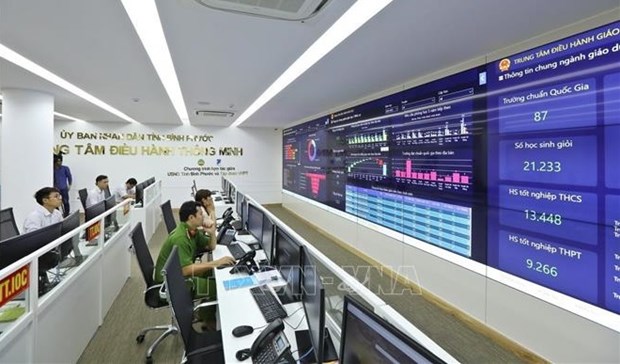The Ministry of Information and Communications (MIC) has announced the latest update on the e-Government Architecture Framework (version 3.0). This significant document is intended for implementation in ministries, governmental agencies, as well as centrally-run cities and provinces.


In its latest iteration, Version 3.0 incorporates an electronic identification and authentication platform and system, a national database centre, and a human resources data warehouse, among several other components.
Moreover, revisions were implemented in reference models, databases, and applications. The Ministry emphasised that throughout the development and implementation phases of the e-government Architecture Framework, relevant authorities should adhere to the fundamental principles outlined in the framework, along with the guidance provided in related documents.
The Ministry stressed that its architecture framework must guarantee investments to ensure the efficient implementation of digital government initiatives, incorporate new digital technologies, and integrate robust cybersecurity measures. Additionally, it should facilitate the provision of databases for online public services and innovation services, ensuring seamless database sharing among various agencies.
Experts have said that Vietnam is on the verge of a major leap in its technological evolution. The government aims to set up a comprehensive nationwide digital transformation network encompassing government bodies, organisations, enterprises, and citizens.
It recently approved a nationwide digital transformation plan to revolutionise state management and law enforcement capacities across all levels by 2025, with a forward-looking vision extending to 2030. At the core of this vision is the enhancement of IT-specialised units within all ministry-level and governmental agencies, along with the People’s Committees of provinces and centrally-run cities. Strengthening these units by 2025, the framework aims to democratise access to digital platforms and toolkits, empowering state management and law enforcement initiatives in the digital realm.
Meanwhile, last month, the Deputy Prime Minister, Tran Luu Quang, provided official approval for the comprehensive National Statistical Database Project, an important milestone in the country’s pursuit of robust statistical infrastructure.
The project aims to conceptualise, develop, administer, and continually update the National Statistical Database (NSD). At its core, the undertaking seeks to serve as a reservoir of accurate, comprehensive, and timely statistical information.
Designed for a wide audience, it addresses the essential managerial and directional requirements of the Party, national assembly, government, ministries, sectors, and local administrations. Equally important is its dedication to meeting the diverse demands for statistical insights from both domestic stakeholders and international entities.
By 2030, the goal is to elevate the country’s statistical infrastructure to an advanced position within the ASEAN region. By that year, the government targets the seamless flow and provision of data, statistical information, and administrative datasets from various government bodies, ministries, sectors, and localities into the NSD.
The plan mandates that all administrative entities – ministries, sectors, provinces, and cities – strengthen their information technology infrastructure to adhere to prescribed standards for data and statistical information. These entities are also required to establish robust connections with the NSD’s technical infrastructure by the specified deadline.
Furthermore, under the plan, the government will deploy shared applications across 80% of the statistical databases housed within ministries, sectors, and local administrations. Additionally, streamlined processes will seamlessly transmit national statistical indicators and survey data as part of the national statistical survey program to the NSD.
The government will follow a roadmap, which involves employing various strategies such as institutional enhancement, collaborative synergies with ministries, sectors, and local administrations, infrastructure development, the use of cutting-edge science and technology, cultivation of strong international partnerships, and tapping into the expertise and dynamism of the business community.



